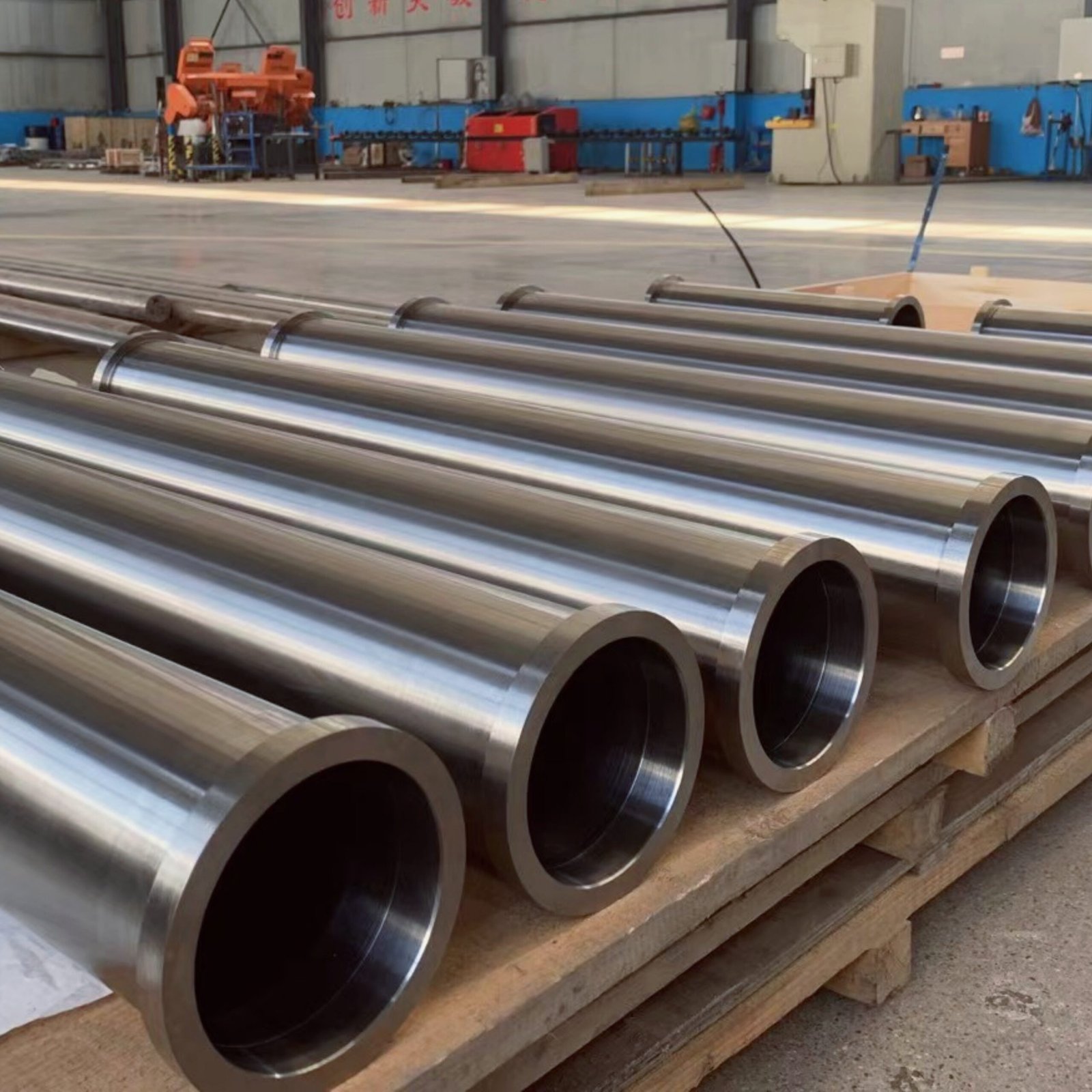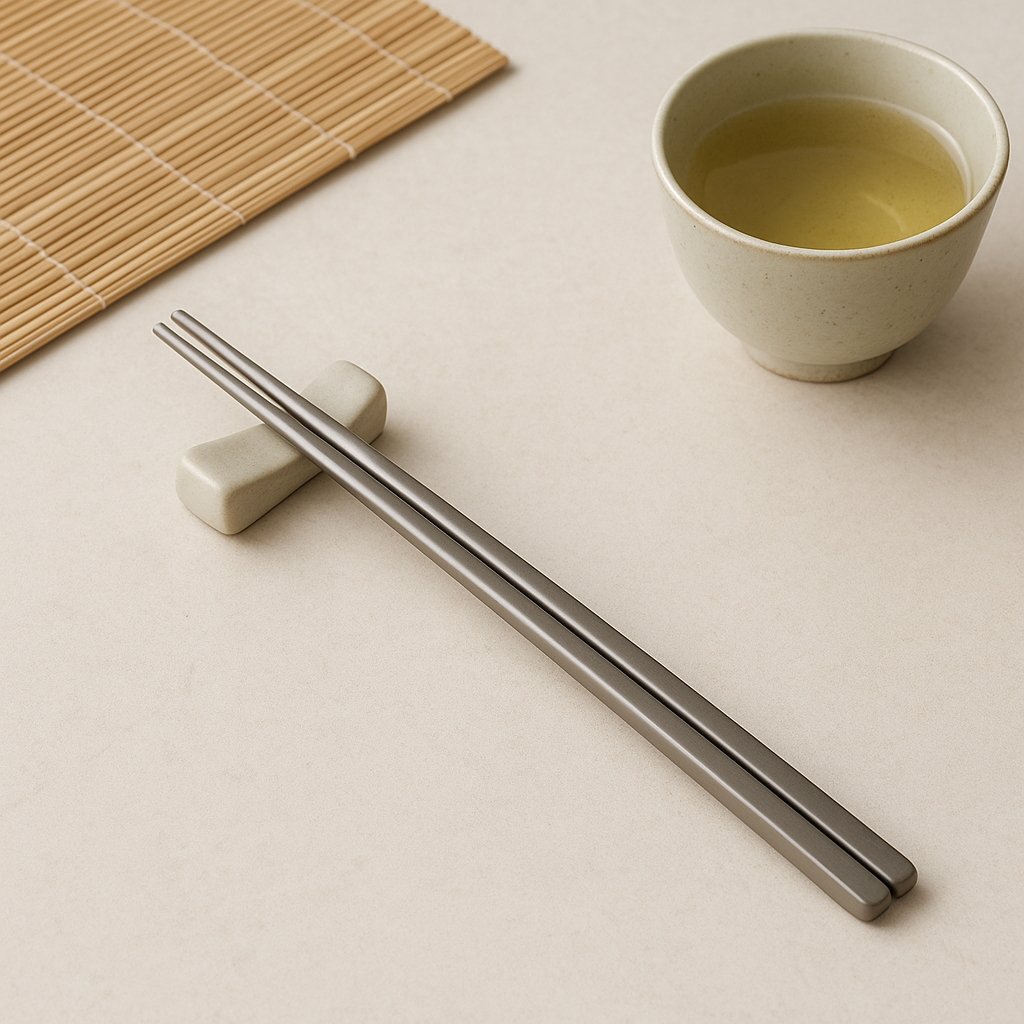Introduction: Choosing the Wrong Titanium Alloy Can Cost You More Than You Think
Titanium alloys are engineering favorites—lightweight, strong, and corrosion-resistant. But with so many grades available, each with different strengths and weaknesses, even seasoned engineers can find themselves making the wrong call. A poor material choice can lead to underperforming parts, blown budgets, or in worst cases, complete project failure.
This article offers a clear, practical framework for engineers, designers, and procurement professionals to select the most suitable titanium alloy. We’ll walk through four core factors—application environment, mechanical performance, cost, and manufacturability—and end with a helpful decision-making checklist to guide real-world material selection.
Why Careful Alloy Selection Is So Important
Titanium alloys aren’t interchangeable. For example, commercially pure titanium (like Grade 2) excels in corrosion resistance but lacks strength, while Ti-6Al-4V is a high-strength workhorse used in aerospace. On the other hand, β alloys can deliver ultra-high strength and great formability but at a higher cost and complexity.
Choosing the right alloy helps you hit performance targets without overspending. Choosing the wrong one means unnecessary complexity, excessive machining, or even structural failure. In short, material selection is the foundation of every successful design and manufacturing project.
What Factors Should Guide Your Choice?
Application Environment: Can the Alloy Survive the Conditions?
Titanium alloys often face extreme or corrosive environments. Your first question should always be: Will the material hold up?
For low and moderate temperatures, such as general structural use or chemical piping, pure titanium (like Grade 2) or common α+β alloys usually perform well. But once temperatures exceed 400°C, strength and creep resistance become major concerns. This is where near-α alloys like IMI 834 or Ti-6Al-2Sn-4Zr-6Mo prove more suitable.
Corrosion exposure needs just as much scrutiny. While titanium’s passive oxide layer provides excellent resistance to seawater and most salt solutions, acidic or chloride-rich environments demand palladium- or ruthenium-enhanced grades (like Ti-0.2Pd). And don’t overlook stress corrosion cracking (SCC) risks in high-stress, corrosive scenarios.
In abrasion-heavy or biocompatibility-sensitive applications—such as marine impellers or medical implants—surface hardness or biological inertness becomes the defining factor. For instance, Ti-6Al-4V ELI is a trusted choice in medical-grade applications for its balance of strength and compatibility.
Mechanical Properties: It’s Not Just About Strength
Yes, titanium is strong—but that's only part of the equation.
One of titanium’s greatest advantages is its specific strength (strength-to-weight ratio), making it ideal for weight-sensitive designs like aircraft structures. But strength alone isn’t enough. Fracture toughness is critical when parts are subject to shock loads or crack risks. High-toughness alloys are essential in aerospace or high-reliability designs.
Fatigue performance is another concern. Repeated stress cycles, like those found in aircraft landings or spinal implants, require titanium grades with proven fatigue resistance. Ti-6Al-4V remains a popular choice here due to its well-rounded performance.
You should also keep an eye on modulus of elasticity. Titanium’s relatively low stiffness can be problematic in precision assemblies, where deflection must be tightly controlled. Material choice here affects the overall structural strategy.
Cost Considerations: Don’t Just Look at the Price per Kilo
Titanium alloys are expensive—no way around that. But cost needs to be viewed in context, not just per kilogram.
Commercially pure titanium is typically the most affordable, with Ti-6Al-4V sitting mid-range and high-strength or medical β alloys on the higher end. The price is influenced by alloying elements—more exotic means more expensive.
Then comes manufacturing cost. Titanium is notoriously hard to machine due to its low thermal conductivity and high elasticity. Tool wear is high, machining is slow, and specialized welding or heat treatments are often required. These all drive up your total cost of ownership.
Yet in long-life systems, a more expensive alloy may prove cheaper in the long run due to its durability and reduced maintenance needs. Think beyond material cost—think lifecycle cost.
Manufacturability: From Drawing to Delivery
Even if an alloy meets your specs, it needs to be manufacturable—on time and within budget.
β alloys, while strong and formable, can be challenging to weld and machine, and aren’t always available off the shelf. In contrast, α+β alloys like Ti-6Al-4V are widely available and reasonably well understood by machine shops.
Welding requires inert gas shielding, especially for α+β and β alloys. Even minor contamination can cause brittle welds. On the heat treatment side, only α+β and β alloys respond significantly, offering opportunities for strength tuning. Pure α alloys don’t gain much from heat treatment and rely on cold work for strength improvements.
Then there’s availability. Not all grades are kept in stock worldwide, especially in custom sizes or forms (like thin-wall tubing or forged rings). Sourcing issues can delay projects or force design compromises.
A Practical Decision Framework
When selecting titanium alloys, try asking the following:
- What’s the operating temperature?
- What corrosive media are present?
- How strong and tough does the material need to be?
- How sensitive is the project to upfront vs lifecycle costs?
- Is the geometry complex? Does it require welding or heat treatment?
- Is the desired grade available in the required form?
Example: A chemical company needs heat exchangers for seawater use. Corrosion resistance is critical, strength is moderate, and budget is tight. Grade 2 or Ti-0.2Pd becomes the smart choice—effective, durable, and relatively affordable.
Common Pitfalls & Pro Tips
- Focusing only on tensile strength and ignoring toughness or fatigue life.
- Assuming all titanium alloys resist corrosion equally.
- Underestimating the machining and manufacturing cost.
- Choosing the “most advanced” alloy instead of the most appropriate one.
Pro Tips:
- Engage material suppliers early in your design phase.
- Refer to successful industry case studies and relevant standards.
- For critical applications, don’t skip sample testing and verification.
Conclusion: The Right Titanium Alloy Makes All the Difference
Titanium isn’t just about performance—it’s about the right performance in the right place. Selecting the proper alloy is a multidimensional decision that balances environmental resistance, mechanical behavior, cost, and manufacturability.
We hope this guide serves as your go-to reference in navigating the complex landscape of titanium alloy selection. If you need technical support or product recommendations, don’t hesitate to reach out to us—we offer a wide range of titanium materials and custom solutions for every industry.
Keywords recap: titanium alloy selection, choosing titanium alloy, titanium grade guide, mechanical performance, titanium for corrosion, titanium machining, titanium cost.
Need help selecting the perfect titanium alloy?
Explore our titanium products or contact our technical team for tailored advice.
Share this article
Written by : 钛合金网
Follow us
Table Of Content





